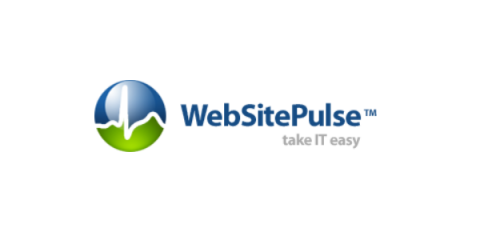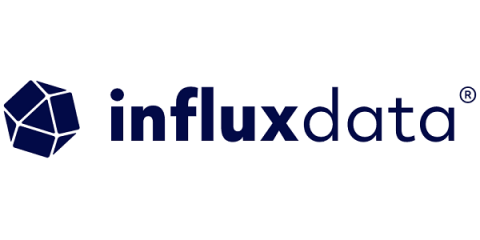Monitoring Applications Written in Vue.js
Vue.js is a front-end JavaScript framework that you can use to build progressive Single-Page Applications (SPAs). Evan You, an ex-Google employee, created Vue.js in 2014 with an idea of building a lightweight solution that had the best features from Angular and React. Since the day of its inception, Vue.js has been steadily gaining in popularity. Currently, its user base is triple to that of Angular, and a little more than Facebook’s React framework.









